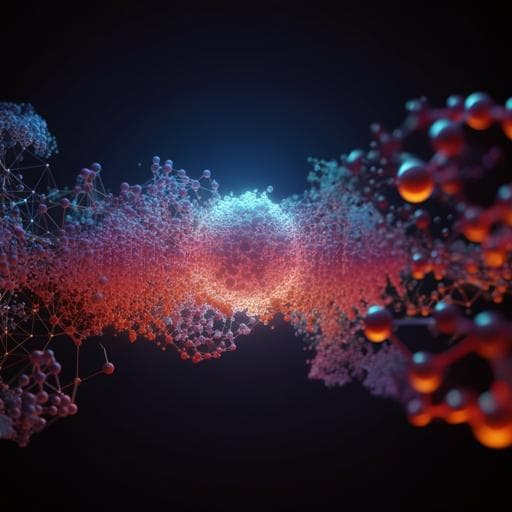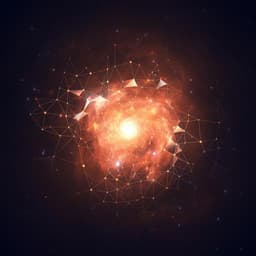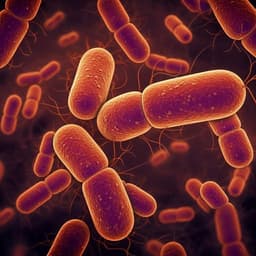
Chemistry
Enabling high throughput deep reinforcement learning with first principles to investigate catalytic reaction mechanisms
T. Lan, H. Wang, et al.
Discover HDRL-FP, a revolutionary framework leveraging deep reinforcement learning to decode catalytic reaction mechanisms at unprecedented speed. This groundbreaking research by Tian Lan, Huan Wang, and Qi An showcases insights into hydrogen and nitrogen migration during ammonia synthesis, uncovering a transition state that simplifies processes with lower energy barriers.
~3 min • Beginner • English
Related Publications
Explore these studies to deepen your understanding of the subject.







